Dolton Housing Forecast 2025: What Financial Crisis Means for Home Prices

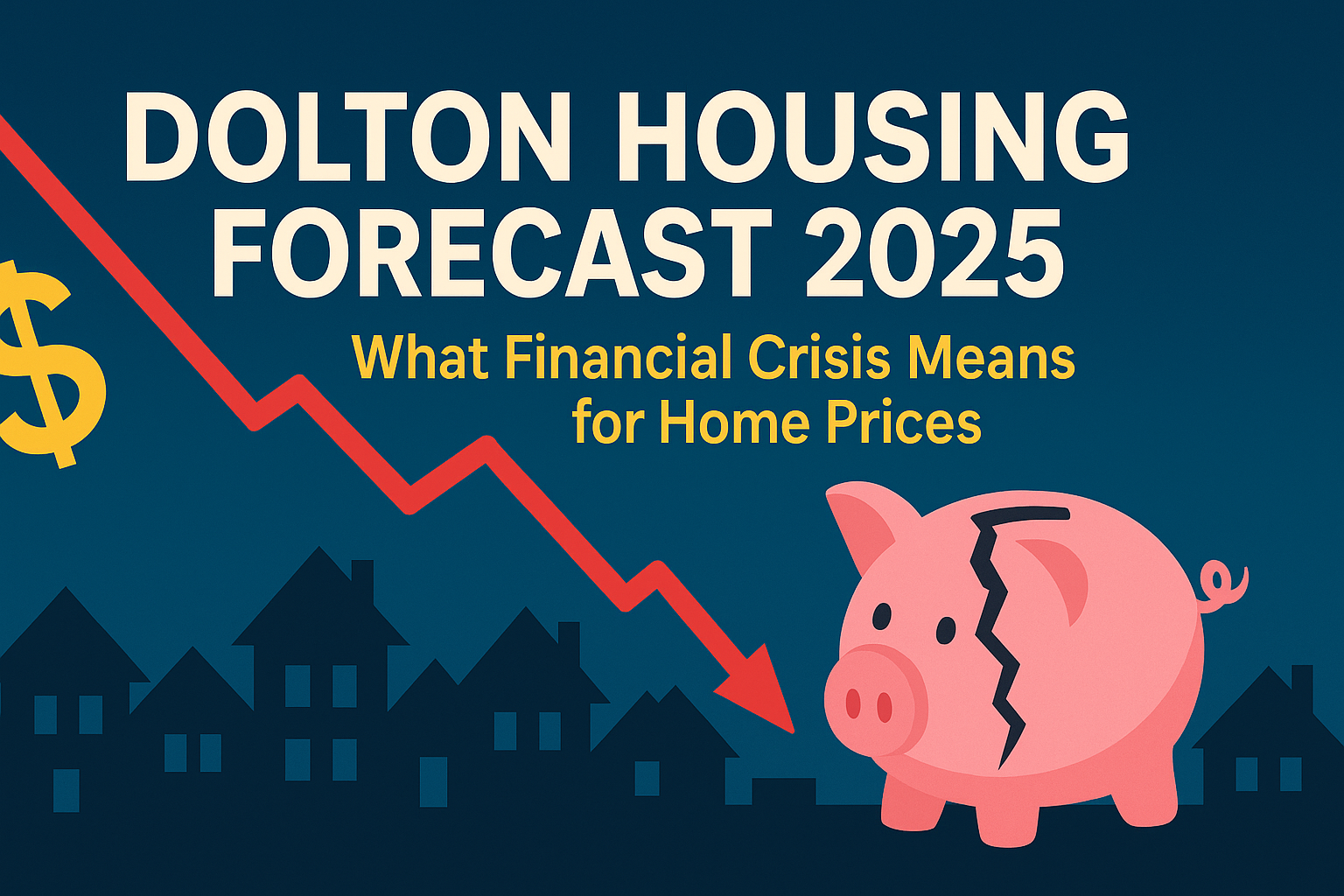
Dolton's housing market shows a surprising twist in 2025. The median home prices have reached $155,400, marking a 5.1% rise from last year even with tough market conditions. Our latest forecast suggests buyers now have the upper hand in Dolton's market.
The state's housing scene paints a different picture. Illinois's median home price rose to $295,000 in 2024. Dolton's local trends tell their own story - 44.4% of homes sell below listing price and houses typically stay on the market for 127 days.
This market analysis will get into how the financial crisis has altered the map of Dolton's housing sector. We'll look at current market patterns and find opportunities that buyers and investors can tap into.
Current State of Dolton Housing Market
"Have patience. Most buyers will not find the house of their dreams in the first weekend of tours. You must be vigilant and understand it may take a few offers before you get your new home." — Matthew Bowser, Associate Broker at Compass and member of Mainstreet REALTORS®
The real estate market in Dolton shows remarkable changes lately. The median sale price hit $169,000 in January 2025. This represents a hefty 17.4% jump from last year.
Latest home price trends
Property prices vary greatly based on size and type. Two-bedroom homes lead the pack with an impressive 39.9% yearly increase. Three and four-bedroom properties showed smaller gains at 5.0% and 7.0% respectively. Five-bedroom homes tell a different story with prices dropping by 23.5%.
Sales volume data
Early 2025 paints a mixed picture of market activity. January saw 11 home sales, down 26.7% from last year. Each home gets about 5 offers now, which shows buyers remain interested despite market hurdles. The price story breaks down like this:
-
36.4% of homes sell above asking price (up 16.4 percentage points from last year)
-
28.7% of listings need price cuts
-
Homes sell at 98.2% of their list price on average
Average days on market
Homes sell faster now than before. The average sale takes 68 days, much better than last year's 138 days. Sale speed depends on the home's condition and price point. The market's hottest properties find buyers within 50 days and often sell for 1% above asking price.
The market runs more smoothly these days, but some challenges exist. While 67% of homes find buyers within a month, 22% take over three months to sell. The average listing now stays on the market for 127 days, up 69.2% from last year.
Key Economic Indicators Affecting Home Prices in Dolton IL
Economic indicators like employment patterns and monetary policies deeply affect Dolton's real estate market. Learning about these indicators helps us understand where the market is headed.
Local employment rates
Dolton faces tough challenges in its job market. The city's unemployment rate stands at 15.5%, much higher than the national average of 6%. The job market shrank by 9.5% in the last year, which directly affects housing needs and buying power.
The median household income is $58,706, with these core employment metrics:
-
Civilian labor force participation rate: 58.6% of population aged 16 and above
-
Female labor force participation: 61.6%
-
Average commute time: 32.3 minutes
Job growth projections show a 20.1% increase in the next decade. This is a big deal as it means that the growth falls below the predicted national average of 33.5%, which shapes long-term housing patterns.
Interest rate impact
Interest rates change how the housing market works. The current mortgage rate of 7.03% has changed buyer behavior drastically. Lower rates mean reduced borrowing costs, which makes homes more affordable and often pushes property values up.
The Federal Reserve's decisions created notable market changes. Rate cuts of one percentage point in late 2024 gave buyers with a $2,000 monthly mortgage budget about $50,000 more in purchasing power. These changes also affected property values and market access.
Interest rates and real estate prices connect in several ways. Lower rates bring more buyers because mortgage costs drop. Higher rates increase mortgage costs, which often leads to lower demand and property values. This becomes especially important in Dolton's market where affordability remains a major concern.
The mortgage market adapts to broader economic changes constantly. Higher yields on 10-year Treasury notes and ongoing inflation concerns keep affecting mortgage rates. These elements shape Dolton's housing market path through 2025.
Dolton IL - Understanding the Financial Crisis
Dolton's financial health has taken a nosedive. The village's general fund went from having $5.61 million in April 2022 to being $3.65 million in debt by May 2024.
Why it happens
Money mismanagement stands out as the biggest problem behind this crisis. The village hasn't paid about $6 million in approved checks to vendors. This led to some serious legal issues, including a frozen bank account holding $440,000.
Several factors created this mess:
-
The population dropped from 23,153 in 2010 to 20,621 in 2022
-
No financial audits have happened since 2021
-
Bond debt reached $10.7 million by April 2024
-
Property tax rates are almost three times higher than Chicago's
Things look even worse now as the village might not be able to pay its workers. The lack of financial audits since 2021 makes it hard to figure out how to fix these problems.
How this affects Dolton Illinois housing market
The money troubles have changed Dolton's housing situation completely. Property values are under pressure because tax rates hit $25 for every $100 of assessed value - about twice what they were before the recession.
The housing market shows clear signs of trouble. Homeowners with mortgages saw their property values fall by more than a third between 2009 and 2016. The median value dropped from $142,300 to $94,300. Now, 13% of homes and apartments sit empty.
Rental properties tell an interesting story. The number of renters has grown three times larger since 1970. By 2017, about one in ten Dolton residents needed Section 8 housing vouchers. This shows how property ownership and community stability have changed.
These ongoing money problems create a tough cycle. Lower property values mean less tax money, which hurts public services. Businesses can't afford to operate here, and homeowners struggle to keep up. All these issues make it harder for Dolton IL's housing market to recover and stay stable.
Impact on Different Property Types
The Dolton IL real estate market shows distinct patterns across property segments in current conditions. Each type of property faces its own challenges, so stakeholders see both risks and opportunities.
Single-family homes
Price pressures hit single-family properties hard in Dolton's housing market. The median sale price stands at $169,000, though bedroom configurations show notable price differences. Two-bedroom homes led with a 39.9% price increase, while five-bedroom properties saw a 23.5% drop.
Empty properties create growing problems, with 13% of single-family homes sitting vacant. This directly impacts neighborhood stability and property values. Many blocks now show neglect through boarded windows, peeling paint, and decaying roofs.
Multi-family properties
Multi-family properties show remarkable strength during economic downturns. Rental demand typically rises as home ownership becomes less available. Data from across the country suggests multifamily vacancies could climb to 5.5-6.0% in a recession, up from 4.4%.
The sector's advantages include:
-
Risk spread across multiple tenants
-
Better maintenance and repair management
-
Steady cash flow even in down markets
-
Higher demand from people looking for affordable housing
Construction costs shape multi-family development substantially. Economic slowdowns often bring lower construction expenses, which lets developers with capital build new properties at reduced costs.
Investment properties
Success in Dolton's investment market depends on understanding local patterns. The price-to-rent ratio is a vital metric when evaluating potential returns. Properties close to good schools and amenities tend to hold their value better and attract long-term tenants.
Population stability and economic basics determine long-term investment success. Dolton struggles with population loss, shown by a 520% jump in out-of-state property owners in the last 12 years. The rental market has grown substantially, with Section 8 voucher holders making up nearly one-tenth of residents by 2017.
Investors who want to buy and hold should look for steady yearly price increases rather than big swings. Today's market offers chances to buy properties below market value. These homes can provide both value growth and rental income after renovation.
Opportunities in the Current Dolton IL Market
"Price your home right! Sellers get excited when they hear of other homes receiving multiple offers and going for over asking price. However, if their home isn't priced right as well, it will never have this type of attention and can often hurt them in the long run. Work with a professional who knows the market and will price your home right!" — Matthew Bowser, Associate Broker at Compass and member of Mainstreet REALTORS®
The real estate market in Dolton shows some interesting chances in many neighborhoods. The median house prices sit at $110,163 - this is a big deal as it means that prices are way below both Illinois's $242,002 average and the national median of $318,879.
Best Dolton IL neighborhoods for investment
The south side of Dolton has become the hottest area. People love it here because of the great living conditions and steady property values. Here are the top neighborhoods:
-
Almar/Winona Terrace: A premium spot where property values stay strong
-
Fountain Crest: Perfect for families with great rental options
-
Shepards: A solid community with well-kept properties
-
Meadowlane: People tend to stay here for the long haul
-
Village Center: A prime spot with mixed-use options
These neighborhoods have lower crime rates and better quality of life scores. The Engle St - Chicago Rd area stands out because it's clean and great for families. Manor Avenue catches investors' eyes with its well-kept properties and strong community feel.
The Opportunity Zones in Dolton cover 67% of the city's population and are a great way to get into the market. These zones have median household incomes between $40,000 and $56,000. Zone 17031826303 looks promising with $119,000 median home values and 91% of residents finishing high school. Zone 17031826402 also catches the eye with its $56,000 median household income.
Price reduction patterns
Right now, Dolton has 26 homes with price cuts. Houses sell about 2% below asking price and typically take 74 days to go pending. Buyers have more room to negotiate since 28.7% of listings have dropped their prices - up 9.4 points from last year.
Price cuts vary depending on the house type and location. Here are some examples:
-
A 2,800 sq ft home at 14633 Parkside Dr listed at $290,000
-
A 1,621 sq ft property at 14767 Shepard Dr going for $195,000
-
A 1,325 sq ft house at 15617 Maryland Ave asking $235,900
Fix-and-flip investors love this market because houses take longer to sell. The city's price-to-rent ratio makes it perfect for rental property investors to generate steady income. Some areas with quick value drops offer good short-sale chances for smart investors.
Conclusion
Dolton's housing market shows a complex picture as we approach 2025. The median home prices have climbed to $169,000 despite ongoing financial crisis and high property tax rates[link_1]. Extended market times and more price cuts point to buyers having the upper hand.
South Dolton's neighborhoods keep their charm with stable property values and a strong community spirit. The city's Opportunity Zones, covering 67% of the area, give investors promising entry points, especially in places with solid income levels and education rates.
Latest market data shows buyers should target properties with price cuts, which make up 28.7% of current listings[link_2]. Sellers need to price their homes competitively since properties typically sell 2% below asking price. Working with seasoned real estate professionals who know Dolton's market inside out helps both buyers and sellers make smart choices in these uncertain times.
Success in Dolton's real estate market depends on understanding each neighborhood's trends, property condition, and future value potential. Patient and well-researched decisions win over rushed deals in today's market environment.
FAQs
How will home prices in Dolton, IL trend in 2025? Home prices in Dolton are expected to show resilience, with the median sale price reaching $169,000 in early 2025, marking a 17.4% increase from the previous year. However, price trends vary across different property types, with two-bedroom homes experiencing the most significant increase.
What impact does the financial crisis have on Dolton's housing market? The financial crisis has put pressure on property values in Dolton. High property tax rates, population decline, and financial mismanagement have led to challenges in the housing market. About 13% of single-family homes and apartments are vacant, and the rental market has expanded significantly.
Are there investment opportunities in Dolton's current real estate market? Yes, there are investment opportunities, particularly in south Dolton neighborhoods like Almar/Winona Terrace and Fountain Crest. Additionally, Opportunity Zones covering 67% of the city offer unique investment potential. The market also presents opportunities for fix-and-flip investors and long-term rental investors due to favorable price-to-rent ratios.
How long does it typically take to sell a home in Dolton? On average, properties in Dolton now sell within 68 days, a significant improvement from 138 days in the previous year. However, the average listing age has increased to 127 days, representing a 69.2% rise compared to the previous year. About 67% of homes sell within 30 days, while approximately 22% require more than 90 days to find buyers.
What factors should buyers and sellers consider in Dolton's current market? Buyers should focus on properties with recent price reductions, which now represent 28.7% of listings. Sellers need to consider competitive pricing strategies, as homes typically sell 2% below list price. Both buyers and sellers should work with experienced real estate professionals who understand Dolton's unique market conditions and focus on neighborhood-specific trends, property conditions, and long-term value potential.
Categories
Recent Posts
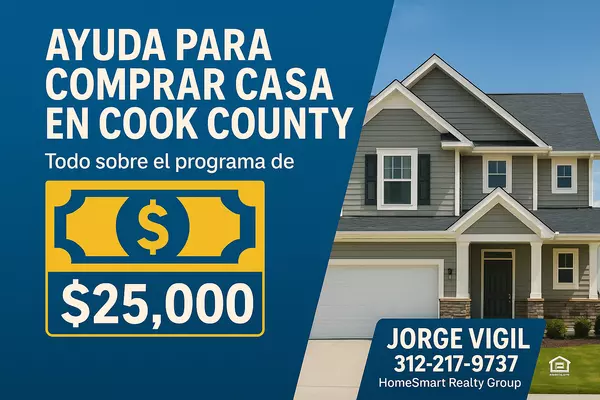
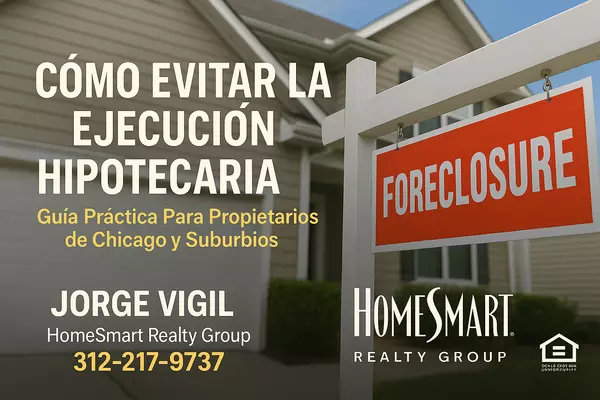


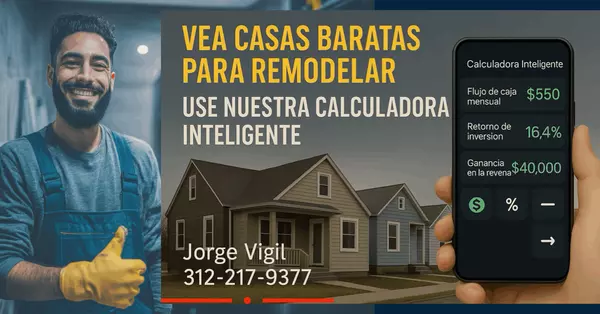
![Codeudor vs Comprador Principal: ¿Cuál Es La Verdadera Responsabilidad? [2025]](https://cdn.lofty.com/image/fs/844644922720820/website/63337/cmsbuild/w600_2025422__007be49511244615-png.webp)

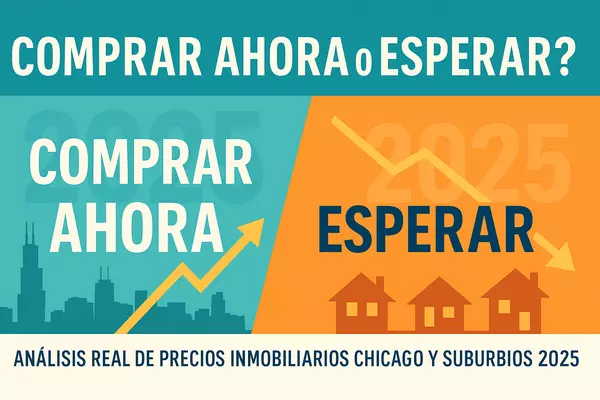
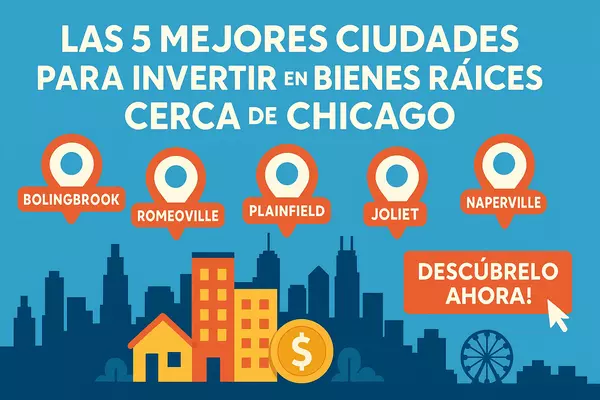
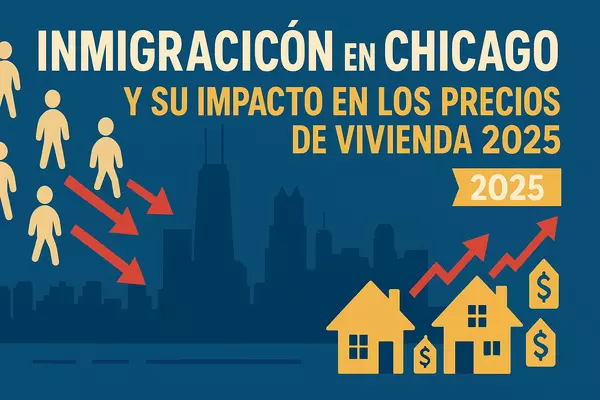

" Making A Difference! "
